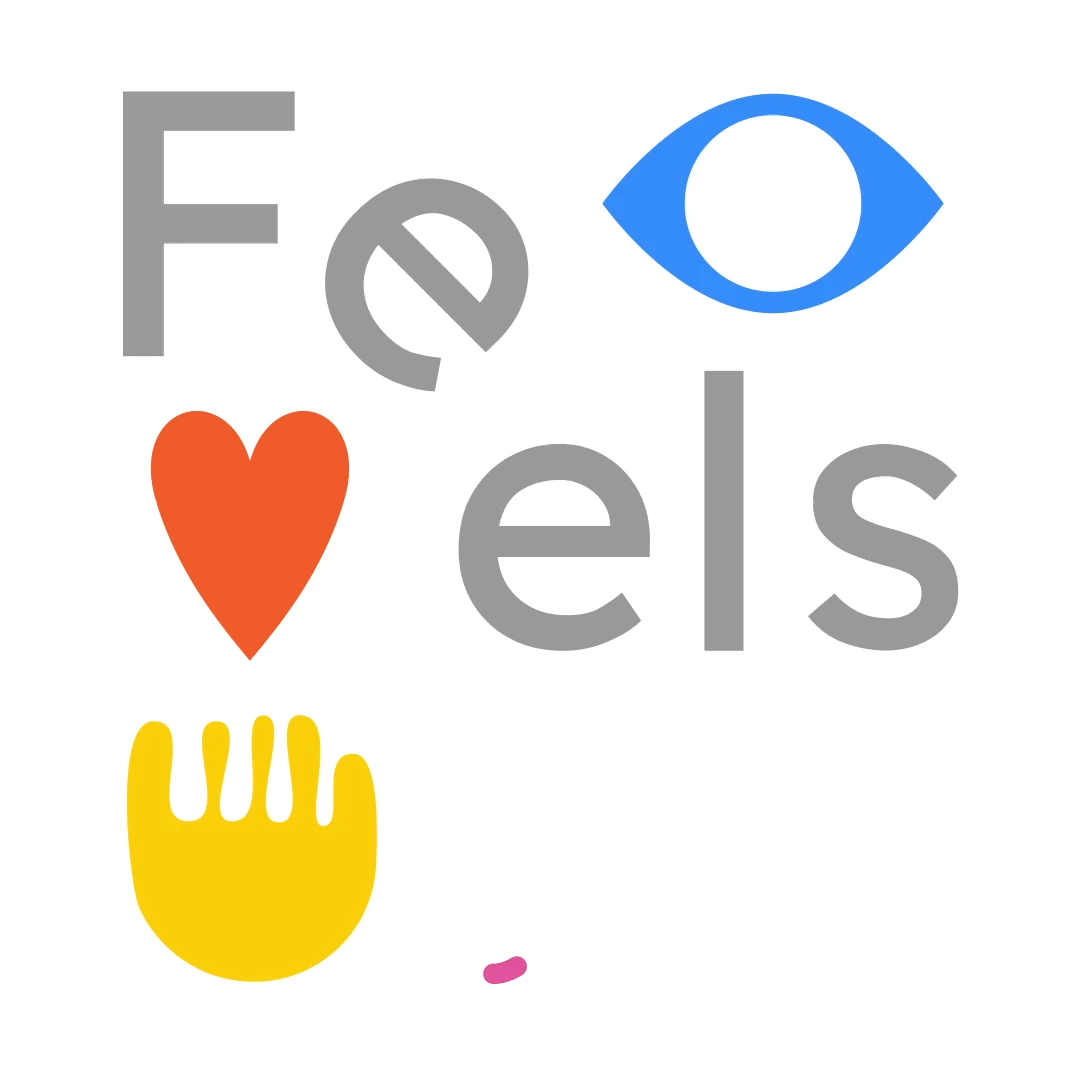Emotion Is Everything
For brands to make an impact on the outside world, they must explore inner worlds. In our line of work, emotion is everything. The most successful brands are those that evoke feeling—that ignite new ways of thinking about the world and our unique place in it
At Emotive Brand, naturally, we’re obsessed with emotion. We believe every company can perform better if its brand connects with people on an emotional level. A brand that’s emotive triggers feelings, inspires action, earns loyalty, and lifts spirits. In the overcrowded business world, your brand must resonate rationally and emotionally. Never overlook the mind, but always aim for the heart.

Emotional Impact
As part of our methodology, we’ve identified 301 positive emotions that a brand could possibly elicit in their target audience. These range from expected—supported, enabled, secure—to unconventional—nostalgic, vibrant, zealous. We call this set of feelings an Emotional Impact, and it acts as a compass for guiding creative and strategic decisions.
Emotional Impact is a tool we use in workshops, it’s on our business cards, and all 301 emotions even hang as separate tiles on our office wall. This year for our holiday card, we were thinking of another, more expressive way to bring this methodology to life.

Introducing Emotive Feels
And so, we created Emotive Feels—an interactive dictionary all about emotion. For each entry, we paired graphic design and animation with quotes from our team and influential thinkers. More than just defining the feeling, we’re seeking to enact it through motion and emotion.
“Visualizing the set of 301 positive emotions has always been very important to us,” said Creative Director Thomas Hutchings. “We are always looking for new ways to do this and find new ways for people to engage with this emotion-first philosophy. This site adds to this quest. It’s fun, engaging, and meaningful. It’s always been important to us to make sure this comes through. A methodology should never be laborious and self-serving.”
To be a truly emotive brand requires more than creating one-off emotional ads. It’s about forging valuable emotional connections at every touchpoint: your logo, your website, even the tone of voice your employees use on customer calls. When brands behave this way, they connect more meaningfully with their audiences. This means people are more likely to remain loyal and engaged, and ultimately feel bonded to the promise of the brand in the long term.
“The Emotive Feels site is such a great opportunity for our studio to showcase a unique aspect that separates us from other agencies,” says Designer Keyoni Scott. “The creation of the site makes our methodology tangible so it can always live on the web and be a tool to help anyone learn about the ways we help brands thrive. We’re always striving to evoke feeling through design.”

“The big buzzword in design is ‘empathy,’” says Senior Designer Jonathan Haggard. Everyone wants to design with empathy for their end-user in mind, which is great, but the conversation usually stops there. In order to effectively design for your customers, it’s best to understand them on a visceral and emotional level. At this level, you are able to affect their perceptions using the principles of design to build a brand or product that amplifies certain emotional responses.”
On Emotive Feels, you’ll find inspirational words from poets, designers, editors, strategists, musicians, artists, and historians. You’ll see shapes shift, bend, twist, morph, spin, snake, and dance. And when you’re done, we hope you leave feeling differently than when you arrived.
“Emotional Impact has always been embedded in our design process, so this project was a fun opportunity to create something visually engaging around our methodology and have it live beyond our office walls,” said Design Director Robert Saywitz. “I think it’s also vital to constantly exercise that creative muscle by carving out the time to create internal projects such as these, where imagination really leads the charge and allows everyone to be involved for a true team effort.”
From our hearts to yours, we hope the holidays are merry and bright.
The blog will return after the holiday break in January 2020.
Emotive Brand is a brand strategy and design agency in Oakland, California.

























